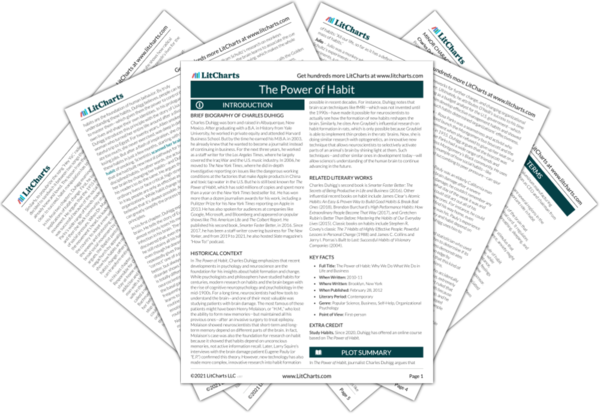MIT’s research shows that, for the first time, neuroscience is allowing people to understand the hidden, unconscious part of the brain—the part where habits are based. As a rat learned to navigate the maze, its knowledge of this maze gradually moved from the conscious part of its brain (the cortex) to the unconscious part (the basal ganglia). In other words, a specific process may depend on conscious effort at first, but once an organism has repeated it enough, it can learn to do that process unconsciously—turning it into a habit. Of course, this is consistent with the way people learn many skills, ranging from typing to riding a bicycle: at first, they’re difficult and require lots of concentration, but over time, they get easy and become automatic.


